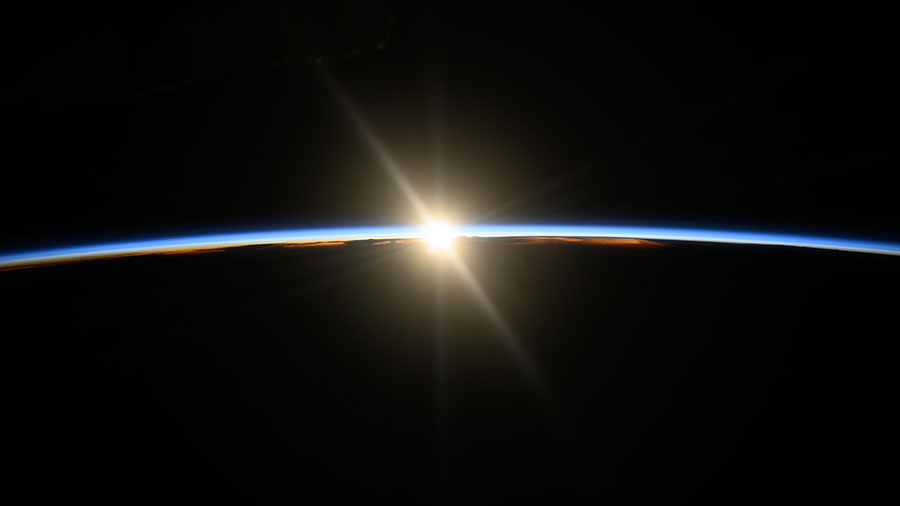Science Hardware Work Completes Week; NASA Managers Discuss Crew Flight Test

Advanced research hardware work took precedence aboard the International Space Station at the end of the week as the crew readied satellite gear and experimental communications components for placement in the vacuum of space.
NASA Flight Engineer Matthew Dominick spent Friday installing the Small Satellite Orbital Deployer onto the Kibo laboratory module’s multipurpose experiment platform (MPEP). He then loaded the MPEP into Kibo’s airlock where JAXA’s (Japan Aerospace Exploration Agency) robotic arm will grapple the device and position it away from the space station to release a series of CubeSats into Earth orbit for a variety of educational and research activities. NASA astronaut Suni Williams, Pilot for Boeing’s Crew Flight Test, assisted Dominick throughout the day and familiarized herself with CubeSat operations.
NASA astronauts Mike Barratt, Expedition 71 Flight Engineer, and Butch Wilmore, Crew Flight Test Commander, configured the Tranquility module’s NanoRacks Bishop airlock that will soon open up to the external microgravity environment. Earlier, NASA Flight Engineers Jeanette Epps helped Barratt install the ArgUS multi-payload carrier inside Bishop. The Canadarm2 robotic arm will grapple Bishop with the ArgUS payload inside for installation on the Columbus laboratory module’s Bartolomeo external research platform for a satellite communications study.
NASA Flight Engineer Tracy C. Dyson spent her entire shift on Friday conducting lab maintenance. She started the morning reorganizing cargo stowed in Kibo. After lunch, she inspected rack hardware throughout the Destiny, Unity, Harmony, and Tranquility modules, including the Quest airlock. At the end of the day, she swapped out a tank and a hose and on the orbital lab’s restroom, also known as the waste and hygiene compartment, located in Tranquility.
Cosmonauts Oleg Kononenko and Nikolai Chub partnered Friday morning on inspections and hardware replacements in the aft end of the Zvezda service module. Kononenko also cleaned ventilation systems while Chub researched futuristic planetary and robotic piloting techniques. Roscosmos Flight Engineer Alexander Grebenkin downloaded data collected from a radiation detector then worked inside the Nauka science module checking its ventilation hardware.
NASA Administrator Bill Nelson and leadership will hold an internal Agency Test Flight Readiness Review on Saturday, Aug. 24, for NASA’s Boeing Crew Flight Test. Afterward, NASA will host a news conference at 1 p.m. EDT from the agency’s Johnson Space Center in Houston.
Learn more about station activities by following the space station blog, @space_station and @ISS_Research on X, as well as the ISS Facebook and ISS Instagram accounts.
Get weekly video highlights at: https://roundupreads.jsc.nasa.gov/videoupdate/
Get the latest from NASA delivered every week. Subscribe here: www.nasa.gov/subscribe
Powered by WPeMatico
Mark Garcia







